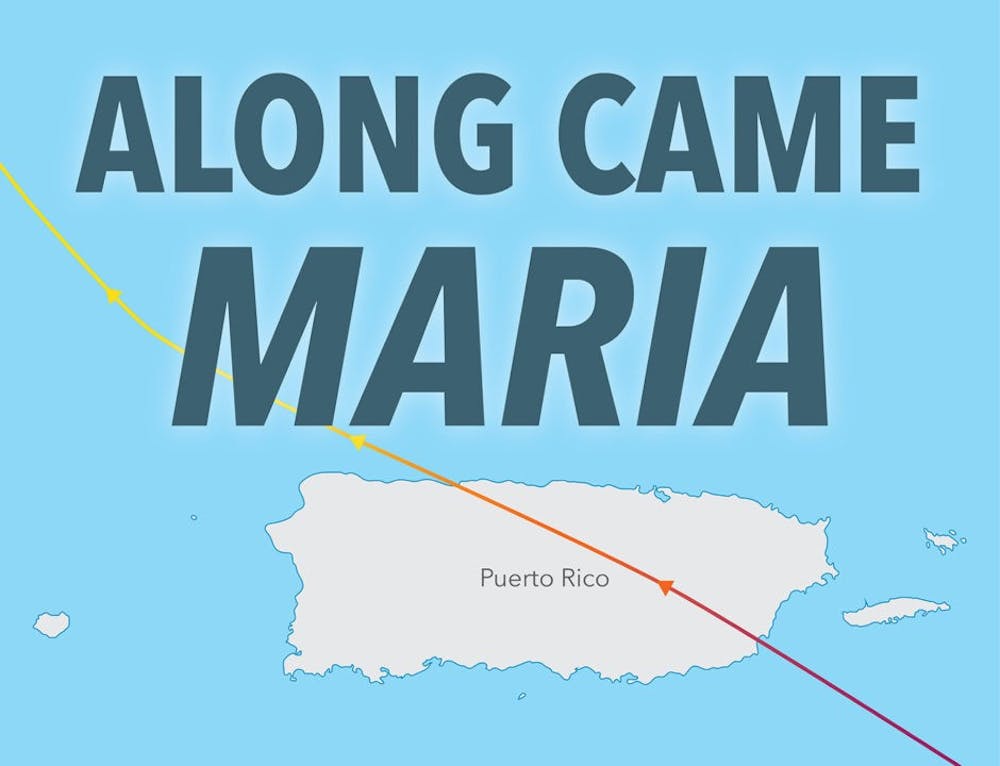First, there was Irma.
Hurricane Irma was a Category 5 major hurricane that swept through the Atlantic region on Sept. 6, 2017. According to the National Hurricane Center, it claimed 129 lives and triggered 25 tornados, mainly in Florida.
For the most part, Puerto Rico was largely unaffected by Irma. Islander Peggy Sachs Feliciano had her power and water service knocked out for two days, and she experienced heavy rain. But it wasn’t anything she hadn’t seen before at her home in Lares, a small municipality located on the upper northwest side of Puerto Rico.
Then, there was Maria.
Hurricane Maria made landfall in Puerto Rico on Sept. 20, 2017, exactly two weeks after Irma invaded Florida and the Atlantic region.
In the days leading up to the storm, Peggy scoured the news for the latest reports about the then-Category 5 hurricane.
Some weather reporters said the hurricane would pass to the north and completely miss Puerto Rico. But Ada Monzón, a meteorologist from San Juan who specializes in hurricanes, said Maria was going to hit hard, and residents should prepare in any way they could: board up their houses, stock their pantries, and dig out their Red Cross radios.
When it came, this hurricane was different. Maria’s winds howled louder than anything Peggy had heard before. She says it was like the sound of an airplane engine about to take off when you’re sitting close to the wings.
Maria came down with all her fury, Peggy says.
To continue reading, visit ballbearingsmag.com.





